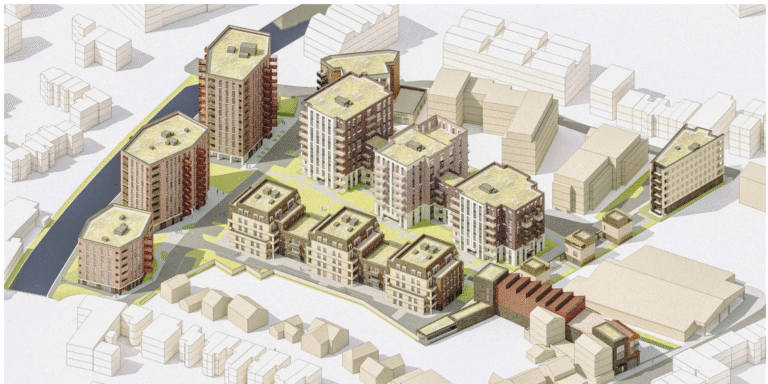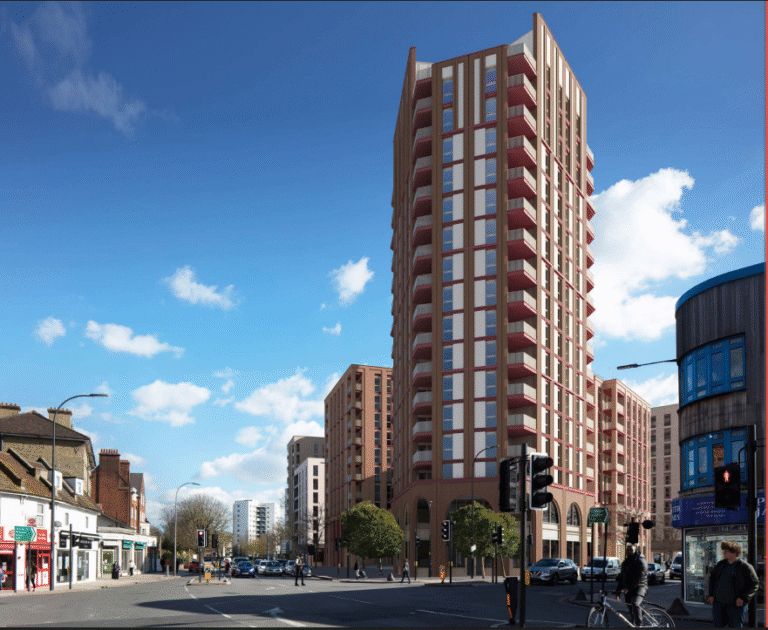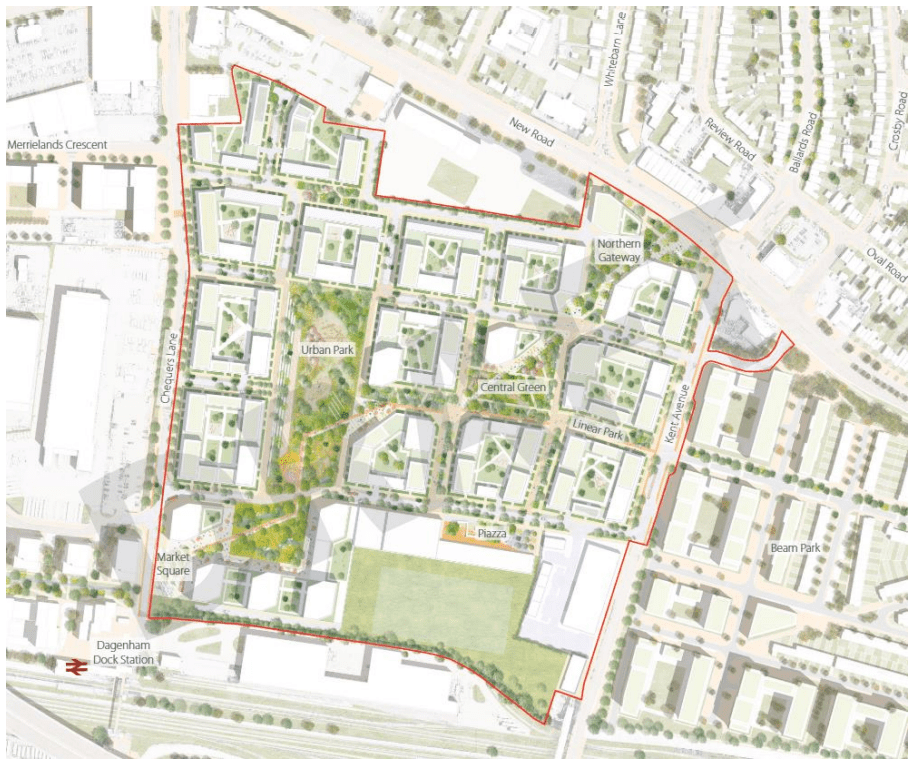
Plans submitted by the housing association Peabody propose a minimum of 3151 new homes, as well as a new school, employment spaces, and park.
Formally known as the stamping plant which produced over 11 million cars, trucks, and tractors and well over 50 million engines since production commenced in 1931
This particular site was the centre of operations for the Stamping Plant which oversaw the assembly of various vehicle component parts, which was inevitably caught up in the infamous Ford sewing machinists strike of 1968 which eventually lead to the introduction of the 1970 Equal Pay Act
The announcement of its closure was announced in late 2012 and was closed in summer 2013 with the loss of over 1,000 jobs, which was gradually demolished from 2016.

Following a deal that was struck with the Mayor of London earlier this year in March, will seek to deliver 1,500 genuinely affordable homes on the former site with Peabody appointing architects to deliver the initial masterplan for the site.
Submitted last month the outline masterplan drawn up by appointed masterplan architects PRP, which seeks outline planning consent for the wider proposed uses for the 18.74-hectare site.
The site is to the west of the Beam Park development which is also a former Ford Dagenham site that has consented to plan permission for over 3000 homes, which has recently had its proposed railway train station canceled.
As a consequence of the initially new train station now being canceled, this now limits the number of new homes proposed in subsequent reserved matters planning applications to 1750.
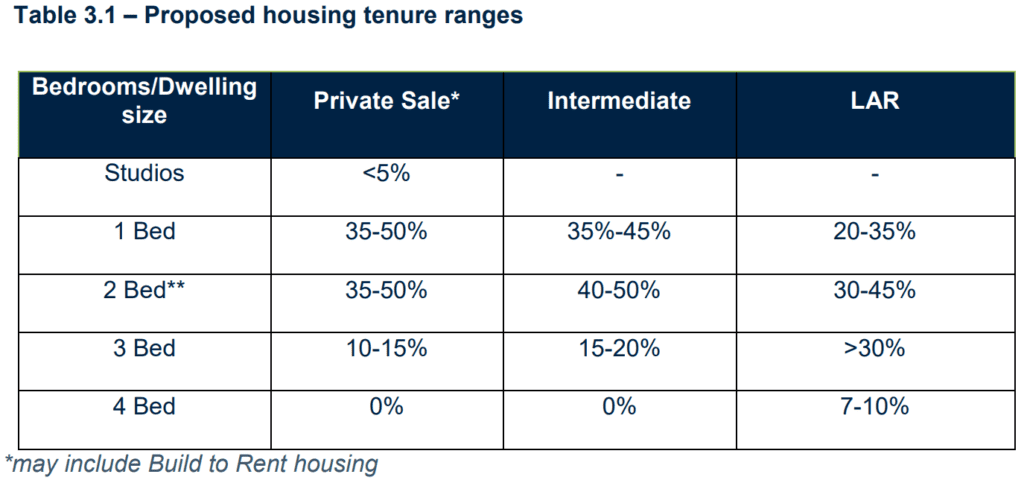
The proposal seeks to deliver a minimum of 3151 with an upper limit of 3502, which is subject to decisions made in the future.
The recent planning submission to Barking & Dagenham contained a document known as the Housing Need and Supply document produced by Knight Frank, suggests that the local area has a surplus of larger family units and is chronically short of smaller one and two-bed units.
Working with the initial assumption of building out the maximum 3502 allocated for the site, it proposes 1952 for private sale, 775 for London Affordable Rent, and an additional 775 for Intermediate homes (better known as Shared Ownership) of which over 2769 will be one and two-bedroom units.
The proposed housing would be delivered over five phases, with the prioritisation given to those positioned near to Dagenham Dock station, with the build-out working its way clockwise around the site. The employment and secondary school being delivered separately subject to market demand.
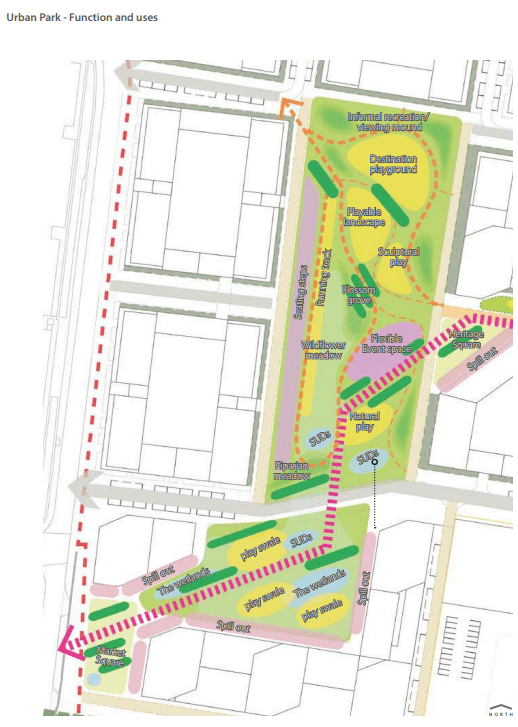
The scheme proposes over five hectares of green open space, which also seeks to introduce a liner park from Dagenham Dock railway station to the existing communities north of New Road, offering an alternative for pedestrians and cyclists and provision for a bus route to be routed through the southern segment of the site north of the proposed education and employment spaces.
Finally, it is proposed to feature the surnames of the women who spearheaded the 1968 Sewing Machinists strike at Ford Dagenham for example Eileen Pullen or Vera Sime as ways of naming the spaces, streets, and buildings to reference and reflect their cultural heritage.
If successful in 2022 Peabody would seek to appoint architects for the reserved matters for individual plots with the intention to commence construction in 2023 to complete by the late 2030s. Those wishing to support this scheme can do so by commenting on Barking & Dagenham’s planning search
